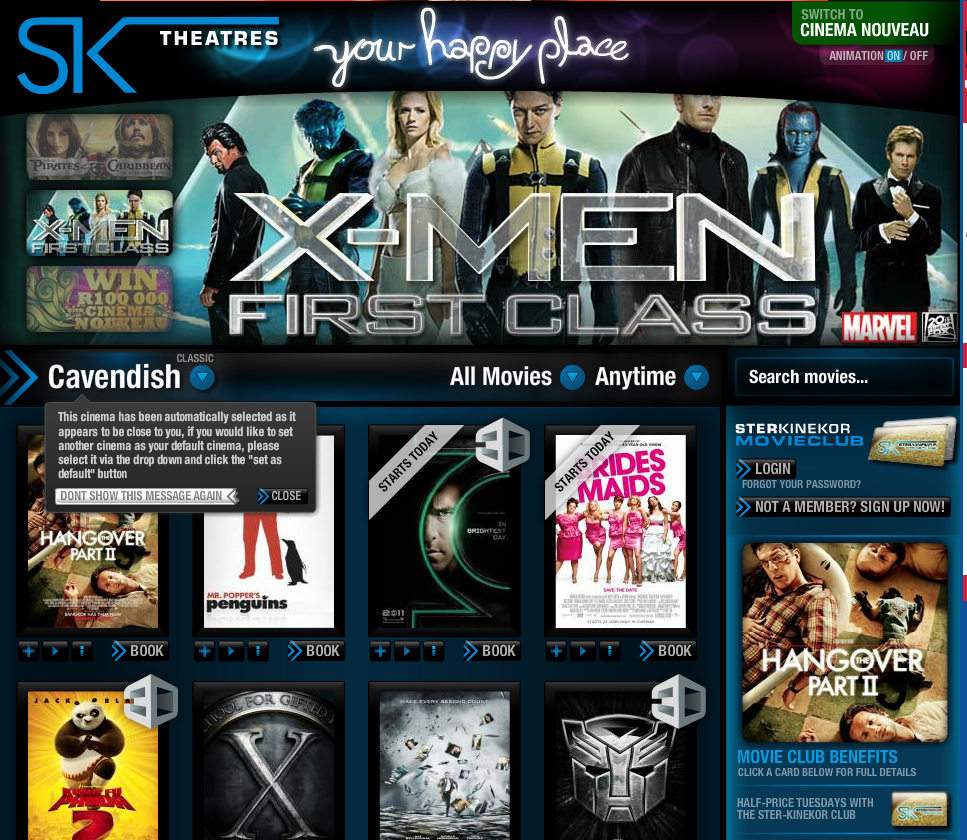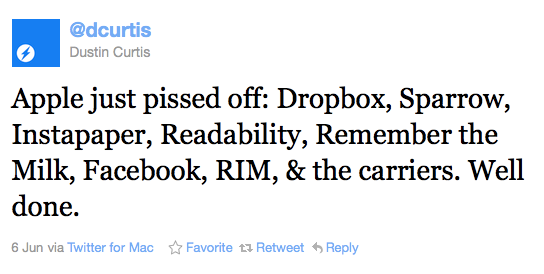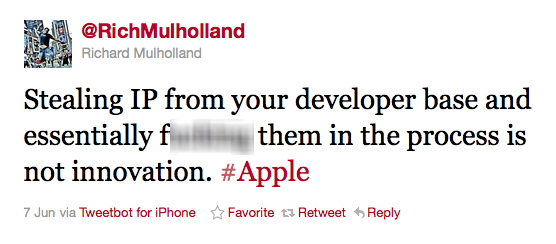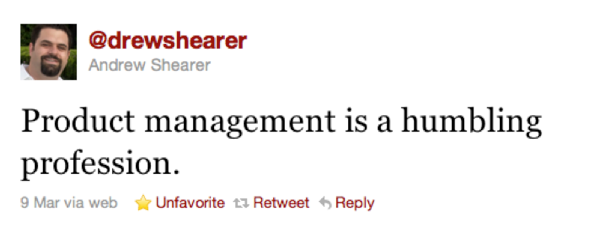Last week I delivered a new talk at a Cape Town SPIN meeting (the Software Process Improvement Network). While I was preparing for it I thought of a working title for my next talk:
A talk about preparing a presentation for a talk about preparing a presentation for a talk.
You see, I have a love/hate relationship with new talks. I love delivering a new talk, and I love getting feedback on what worked and what didn’t. I love making it better. And I hate pretty much every moment leading up to delivering it.
But this is, of course, the problem with the creative process. It’s blood, sweat, and tears, most of the way. Rands recently wrote a post entitled A Hard Thing is Done by Figuring Out How to Start. He writes:
Those who do not understand creativity think it has a well-defined and measurable on/off switch, when in reality it’s a walking dial with many labels. One label reads “Morose and apathetic” and another reads “Unexpectedly totally cranking it out”. This dial sports shy, mischievous feet – yes, feet – that allow it to simply walk away the moment you aren’t paying attention, and each time it walks away, it finds a new place to hide.
I’ve spent a good portion of my life wondering where that damned dial is hiding.
He goes on to explain how random moments of discovery and seemingly useless tangents are all part of the preparation process, and that we shouldn’t be so hard on ourselves when we’re struggling to get started. He closes with this:
W’re addicted to quick fixes, top ten lists, and four-hour work weeks, but the truth is – if it wasn’t hard, everyone would be doing it and a hard thing is never done by reading a list or a book or an article about doing it. A hard thing is done by figuring out how to start.
You’ve been spending a lot of time thinking the result is what matters. You have a bright and shiny goal in mind that is distracting you with its awesomeness. It is this allure of awesomeness that is the continued reason why you keep searching around your house looking for that mischievous walking dial.
My guarantee is that what is going to make this bright and shiny thing awesome isn’t finishing. It’s all the little, unexpected details you discover trying to start. It’s all the small pieces of unexplainable execution that will not only make it yours, but also continue to teach you how you get things done. And when you’re done, you’ll discover finishing, while cathartic, is just a good reason to go start something else.
I’ve absolutely found that to be true. My basic process for preparing a new talk is as follows:
- First, I spend weeks researching and saving articles to Delicious.
- Then I live in FreeMind for a few days, building the outline of the talk.
- I then proceed to tell myself I’m ready to roll, so I spend another week or more getting all those thoughts onto slides.
- This is followed by several nights of bad sleep as I start seeing the holes in my thinking, and struggle to find the right words/pictures/length/style/order.
- And then, suddenly and without fail, about two nights before the talk, I hit Flow. That “mental state of operation in which a person in an activity is fully immersed in a feeling of energized focus, full involvement, and success in the process of the activity.” Things suddenly fit, I spend 10 minutes re-ordering slides and it suddenly all makes sense. From that point on, the process is an absolute joy.
Why is Flow so hard to find? Or is it meant to be hard to find, because the creative process requires struggle as its fuel?
Whatever the reason, Rands helped me relax a little bit and panic less during the beginning phases of the creative process. Because all those starts, stops, and anxiety eventually come together to collide in the ultimate high that happens when things just… flow.




